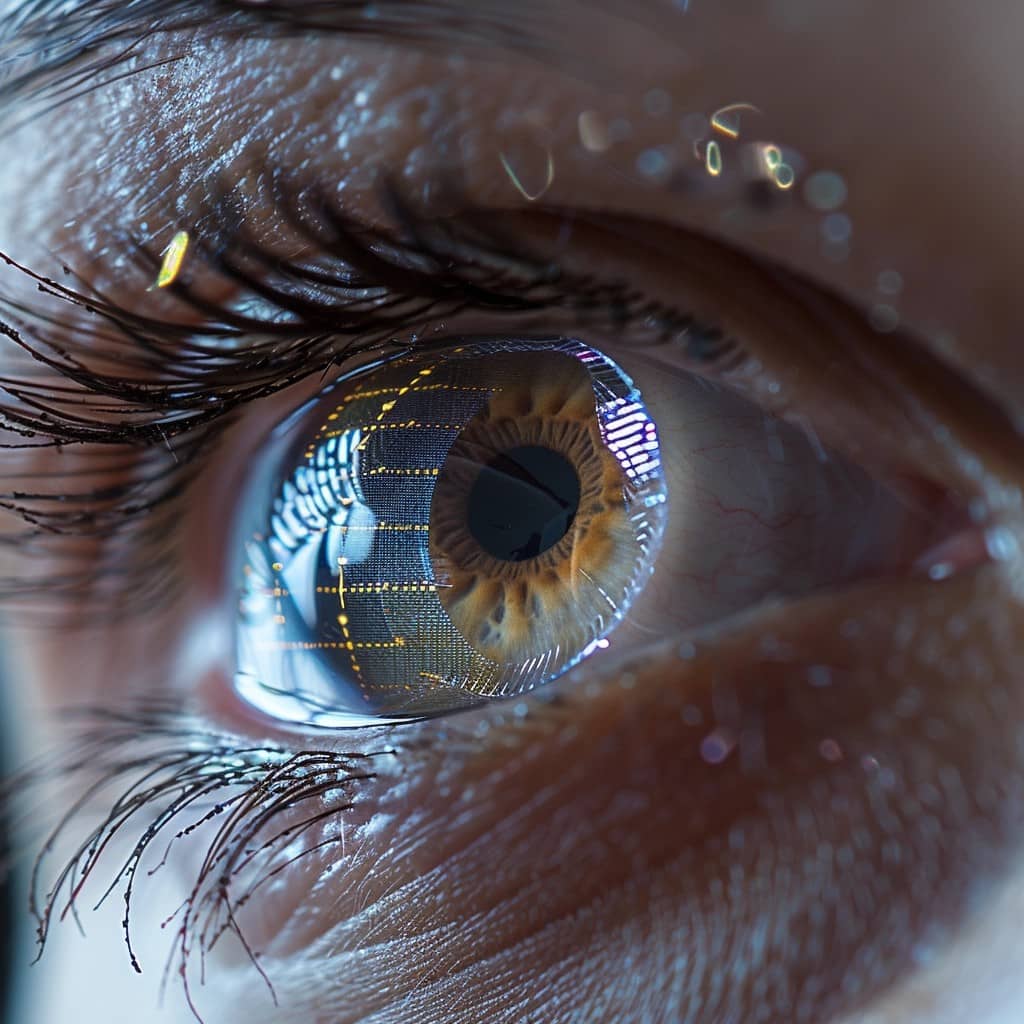
“Solar-powered” eyes: hope for incurable eye diseases
The possibility of implanting mini solar panels in the eyes to treat incurable eye diseases, bypassing damaged photoreceptors, is being studied.

The possibility of implanting mini solar panels in the eyes to treat incurable eye diseases, bypassing damaged photoreceptors, is being studied.
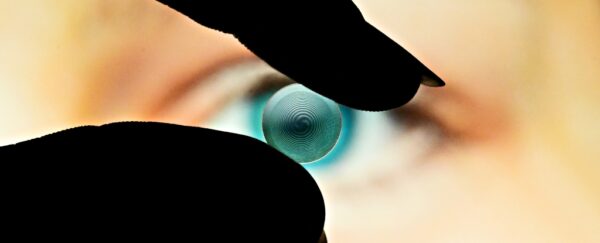
A French research team creates a lens with a spiral pattern that focuses at different distances and corrects all visual defects in one shot.
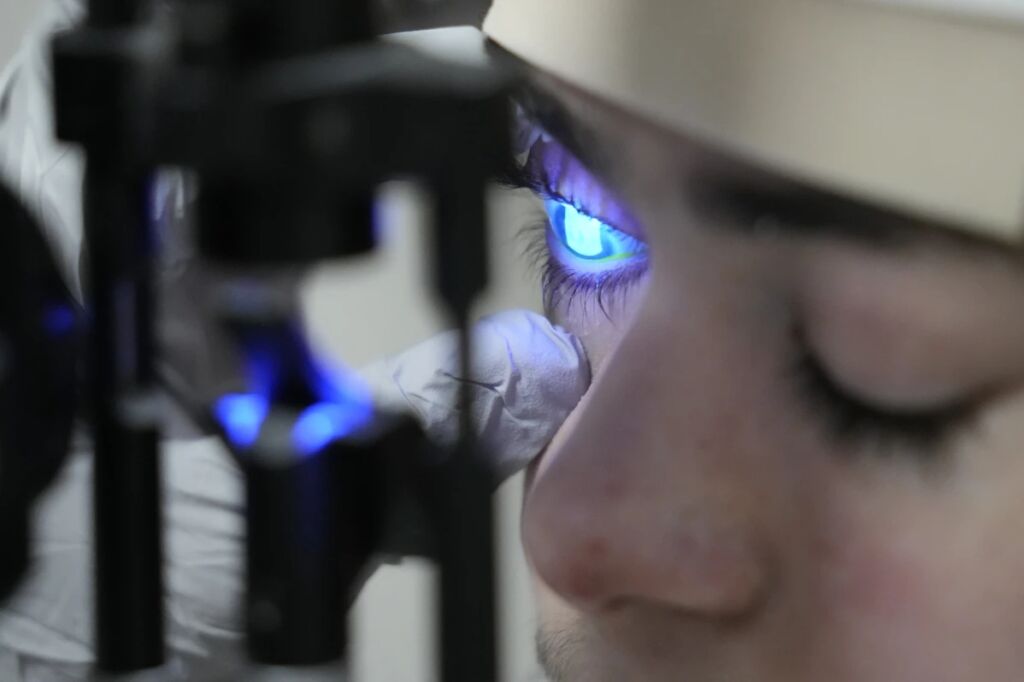
Thanks to a gene therapy in the form of eye drops, a boy can see again. This discovery could help millions of people in the future.

A team of researchers and entrepreneurs has developed an implant, made from pig skin, that mimics the human cornea: it works great

According to research, a simple non-invasive eye exam combined with other data can predict the risk of heart attack
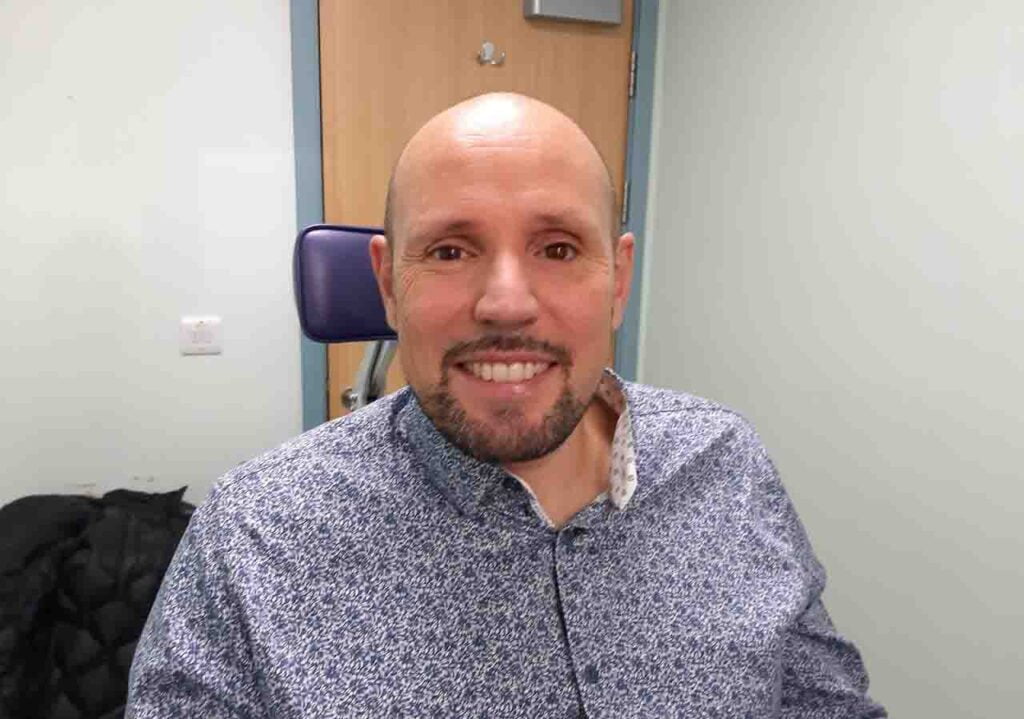
Steve Verze became the first man in the world to be gifted with a 3D printed eye
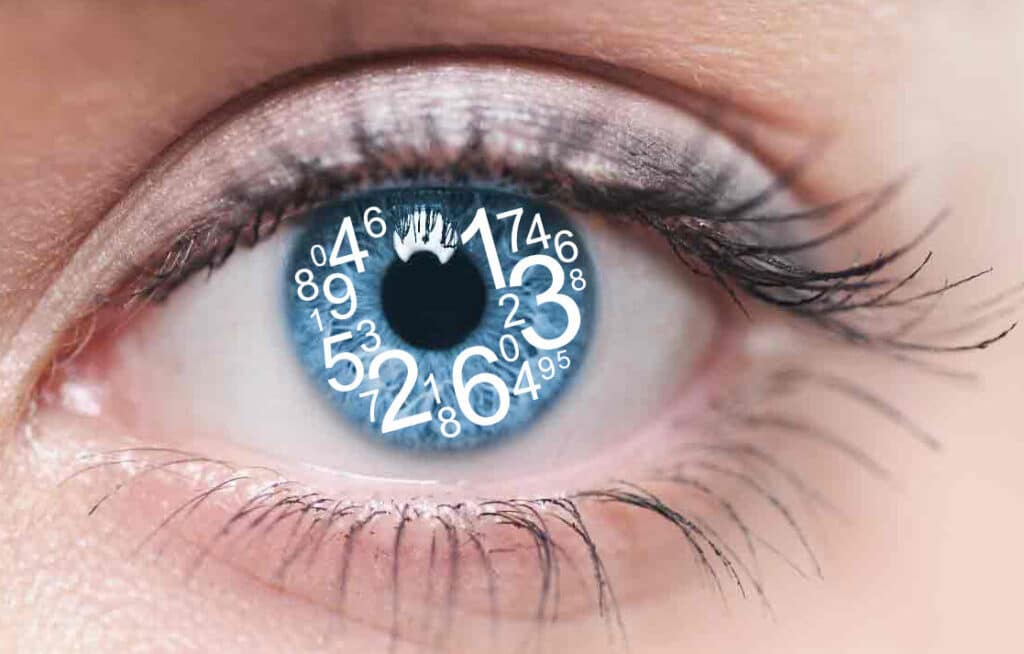
How do the pupils work? A recent study shows that pupils increase in thickness when we observe multiple objects at the same time
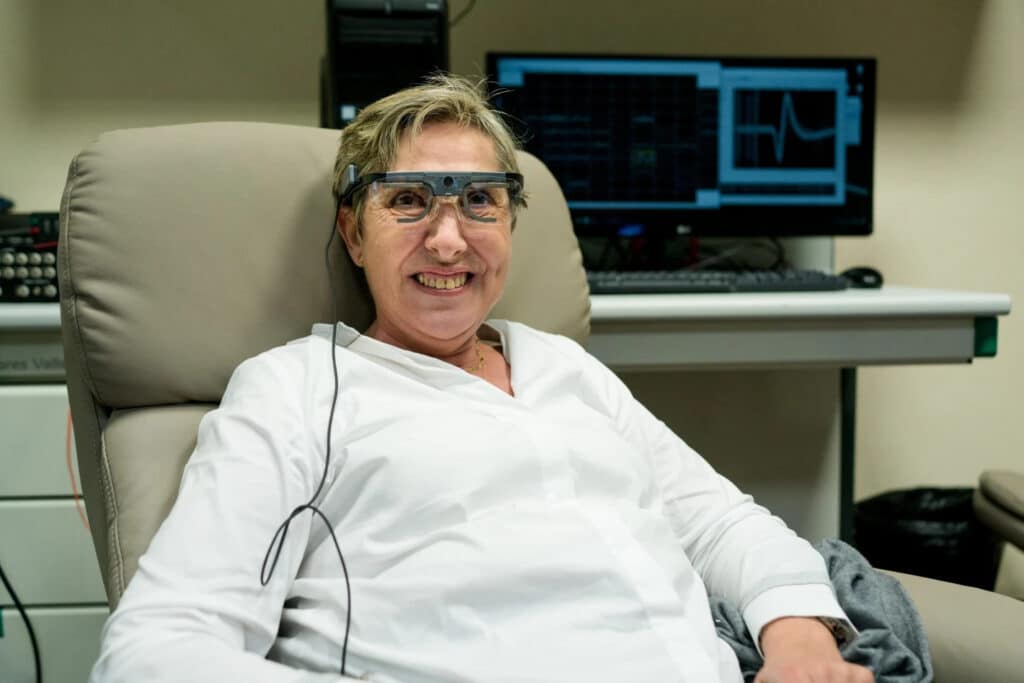
A brain implant combined with an "artificial retina" allows a patient to see after 16 years of blindness.

Vision problems are real "killers". Millions and millions of adults over 40 are blind or visually impaired - here's how technology can help them.
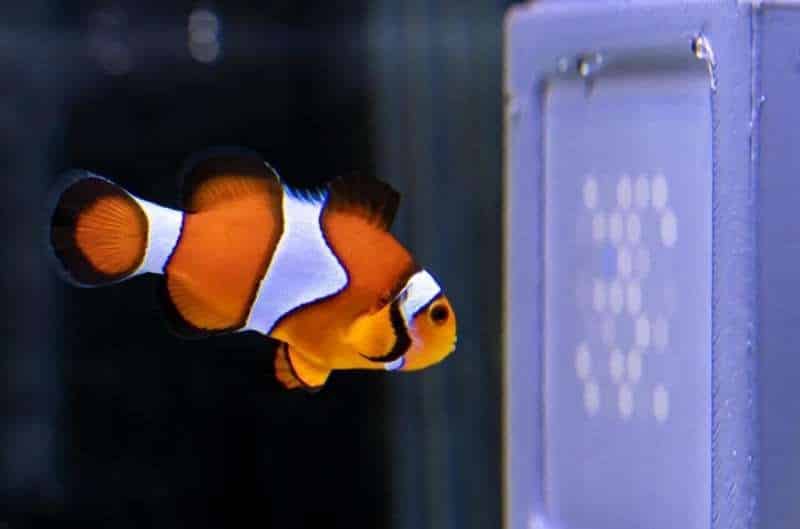
An innovative tool will allow you to discover the secrets of animal vision. At the base of the technology, a real "ultraviolet television".

Detecting and decoding activity in brain regions associated with visual processing has allowed researchers to read brain signals to understand what a person sees.

Apply the 7: 1 rules of contrast recognized on the web to real life? HomePro is born, a line of furniture that helps the visually impaired.

A new approach creates a "bionic eye" capable of transmitting visual information directly to the brain. To see without using biological eyes.

A 44-year-old is the first patient to regain his sight with the innovative UK Health Service treatment based on healthy eye stem cells
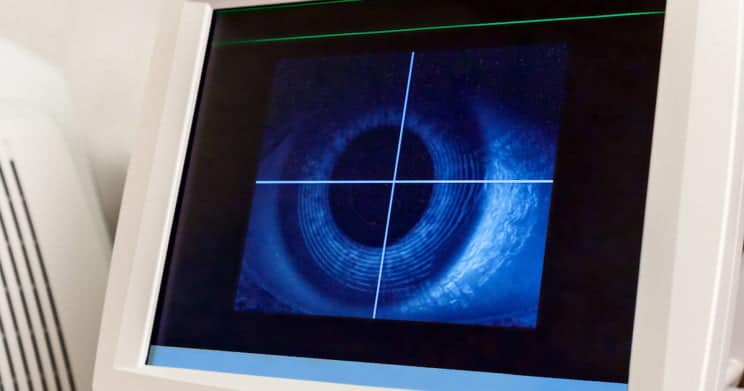
Corneal transplantation from induced pluripotent cells (iPS) on July 27, then course and discharge on August 23. The patient has already regained her sight.
A research team from Columbia Engineering took inspiration from the traditional cane to not ...
Optogenetics has been used to cause visual hallucinations in laboratory mice, leading them to act as if the things they saw were true.
The possible uses of electronic contact lenses? Many: from visual prostheses to self-adjusting glasses or remote robotic operations.